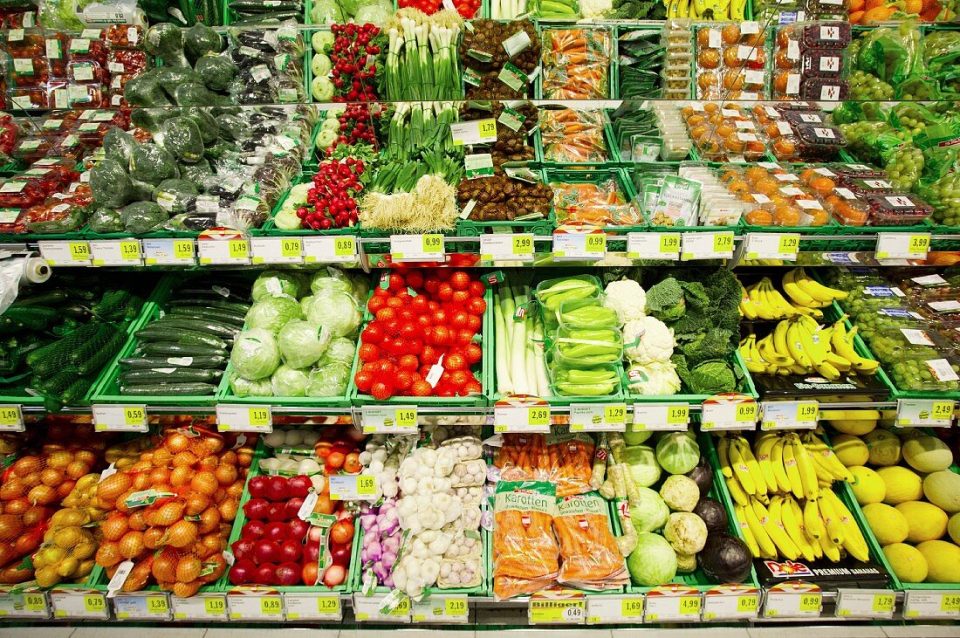BY Tim Frear
Europe’s relationship with fruits and vegetables is at the crossroads of global trade and local sustainability. As our plates become more diverse and our diets more conscious, understanding the dynamics of fruit and vegetable consumption in Europe is essential. In this editorial, we explore the quantities consumed, the proportion that is imported, and the imperative of nurturing local agriculture.
Current Consumption Patterns: Europeans are increasingly recognizing the importance of a balanced and nutritious diet, with fruits and vegetables playing a central role. However, the consumption patterns vary across the continent. Scandinavian countries, for instance, are known for their high vegetable intake, while Mediterranean nations boast a rich tradition of incorporating fruits into their daily meals.
Imported vs. Home Grown: The globalization of food markets has undoubtedly enriched European diets, but it has also altered the sourcing of our produce. A significant portion of fruits and vegetables consumed in Europe is imported, sourced from various corners of the world. While this diversity offers year-round access to a wide array of produce, it raises questions about the environmental and economic sustainability of such practices.
Imported Produce: The reliance on imported fruits and vegetables raises concerns about the carbon footprint associated with transportation. From South American avocados to African citrus fruits, the food miles accumulated in the journey from farm to fork contribute to environmental challenges. Additionally, the economic implications of relying on foreign markets for our produce underscore the importance of building resilience within our local agricultural systems.
Home Grown Initiatives: Recognizing the need for a more sustainable approach, there is a growing emphasis on promoting locally grown fruits and vegetables. From community-supported agriculture initiatives to urban farming projects, Europeans are increasingly investing in practices that reduce the environmental impact of their food choices. Supporting local farmers not only boosts regional economies but also ensures fresher produce with a lower carbon footprint.
The Role of Technology and Innovation: In addressing the challenges posed by imported produce, technology and innovation play pivotal roles. Precision agriculture, vertical farming, and agro-tech solutions offer promising avenues to enhance the productivity of local farms, making them more competitive in the face of global markets. Governments, businesses, and consumers can collaborate to create an environment conducive to the growth of sustainable, local agriculture.
As we savor the diverse flavors on our plates, it’s crucial to strike a balance between global variety and local sustainability. Europe stands at the forefront of a culinary revolution where conscious choices about the origin of our fruits and vegetables can reshape our food landscape. By fostering a deeper connection between consumers and local farmers and embracing innovative agricultural practices, we can build a resilient and sustainable future for our plates and our planet.
- Consumption Patterns:
- According to Eurostat, the statistical office of the European Union, the average consumption of fresh vegetables per person in the EU-27 was approximately 135 kg in 2022.
- Fruit consumption per person in the same year was around 77 kg in the EU-27.
- Imported vs. Home Grown:
- A significant portion of fruits and vegetables consumed in Europe is imported, especially during off-seasons when certain produce is not locally available.
- Specific figures for the proportion of imported versus domestically produced fruits and vegetables may vary by country and type of produce.
- Environmental Impact:
- The carbon footprint associated with imported fruits and vegetables is influenced by transportation and distribution. Food miles, representing the distance food travels from production to consumption, contribute to environmental considerations.
- Local Initiatives:
- Many European countries have been promoting local and sustainable agriculture. Initiatives such as farmers’ markets, community-supported agriculture (CSA), and organic farming have gained popularity.
- Technology and Innovation:
- Precision agriculture, vertical farming, and other technological innovations are becoming increasingly relevant in enhancing the productivity and sustainability of agriculture, both locally and globally.
- Trade Agreements:
- Trade agreements and policies can impact the import and export dynamics of fruits and vegetables. Bilateral and multilateral trade agreements can influence the availability and pricing of produce in European markets.



